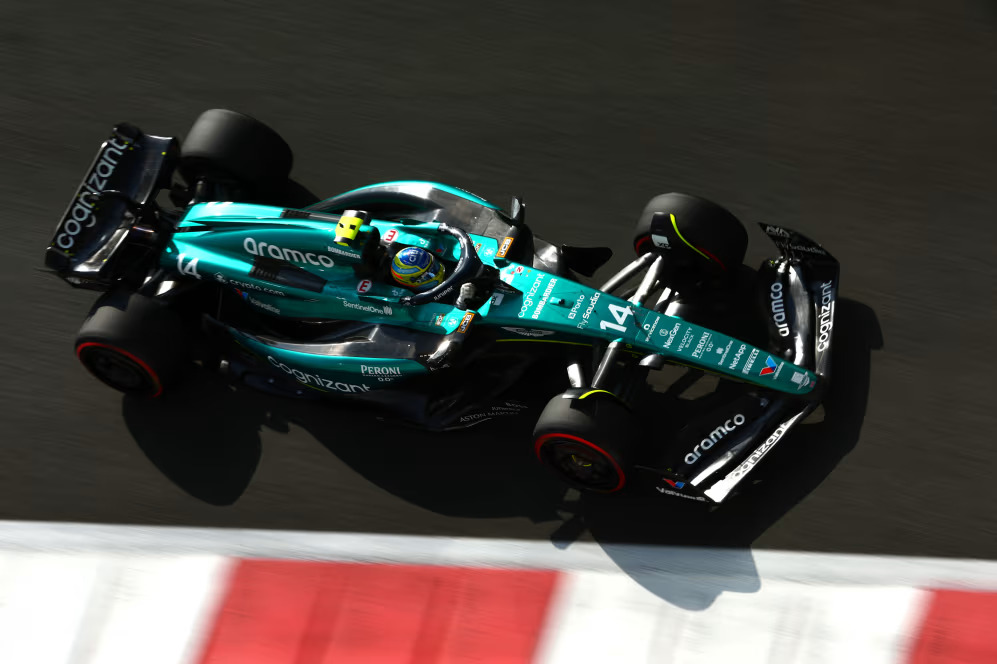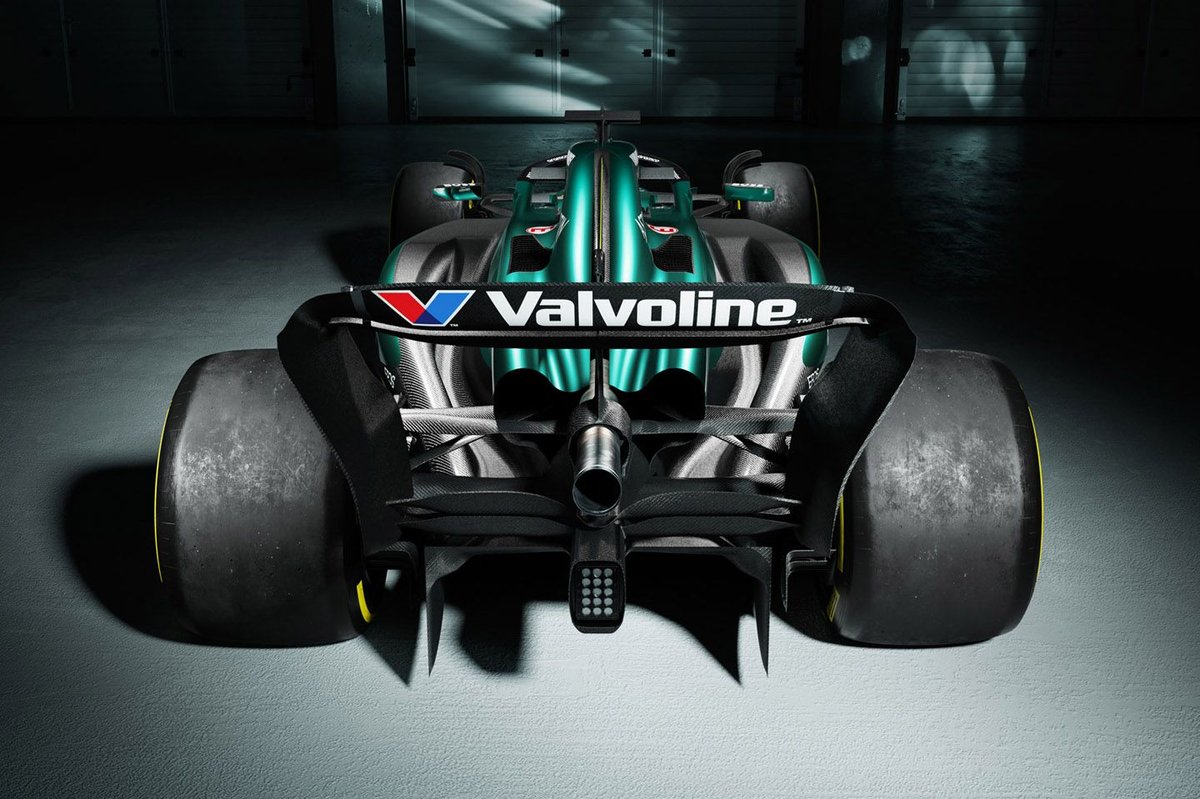For some time now, Mercedes’ technical director, James Allison, has been spearheading a concerted effort to overhaul the team’s Formula 1 challenger. This decision came after an acknowledgment that their previous strategies were not yielding the desired results.
Team principal Toto Wolff made it clear towards the end of the preceding year that Mercedes was leaving no stone unturned in their endeavor to reclaim their position at the forefront of the grid. “There’s almost every component that’s being changed because only by doing that, I think we have a chance,” Wolff emphasized.
While the extent of the revisions Mercedes has undertaken won’t be fully revealed until Wednesday, or possibly even during testing, one significant change has already been confirmed. This revelation stems from observations made regarding the new Aston Martin AMR24.

Given Aston Martin’s reliance on Mercedes for its gearbox and rear suspension, the team is compelled to adopt a similar layout to that of the German manufacturer. Thus, with the unveiling of the AMR24, the shift to a push-rod rear suspension strongly indicates the direction Mercedes is heading as well.
Explaining this development, Aston Martin’s technical director, Dan Fallows, noted, “We’ve inherited new suspension from Mercedes. They give us the gearbox and the structure of the rear suspension, so that has changed slightly from last year as well. So, there’s a change on the rear, but on the front, it’s very similar.”
Last season, Mercedes and Ferrari were the sole manufacturers employing a pull-rod rear suspension, a layout also adopted by their customer teams due to its implications on gearbox design.
However, with Red Bull’s success in utilizing the alternative push-rod rear suspension layout, the merits of this approach have become increasingly apparent.
While there are drawbacks to the push-rod design, such as the elevated position of inboard suspension components, which affects weight distribution and the center of gravity, the advantages in terms of aerodynamics are notable.
By relocating these components higher up, there’s more space in crucial areas like the Coke bottle region and diffuser, facilitating better airflow manipulation for enhanced downforce.
Williams, too, is following suit in adopting this suspension direction as they utilize components sourced from Mercedes.
At the team’s 2024 season launch, principal James Vowles hinted at intriguing changes in this regard: “In terms of the rear suspension, there’s bits that we’re happy to talk about. But I’m going to save it for Bahrain because there’s some interesting things to talk about where we’ve gone on rear suspension.”

